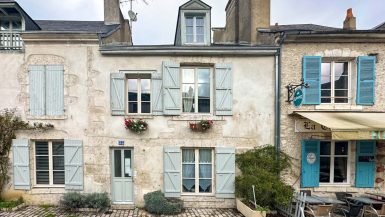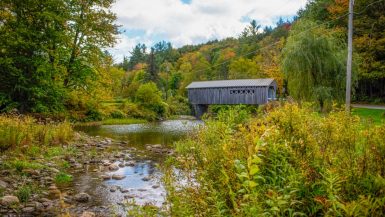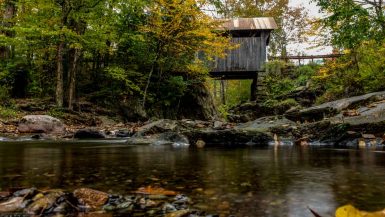If you’re a fan of single malt scotch whisky, a detour to The Glenlivet distillery is an essential stop – though you may need to hire a driver.
For scotch aficionados, The Glenlivet is one of the finer drops. The self-proclaimed “single malt that started it all” is steeped in history, dating back to 1824. But for us, the journey starts on a small country lane.
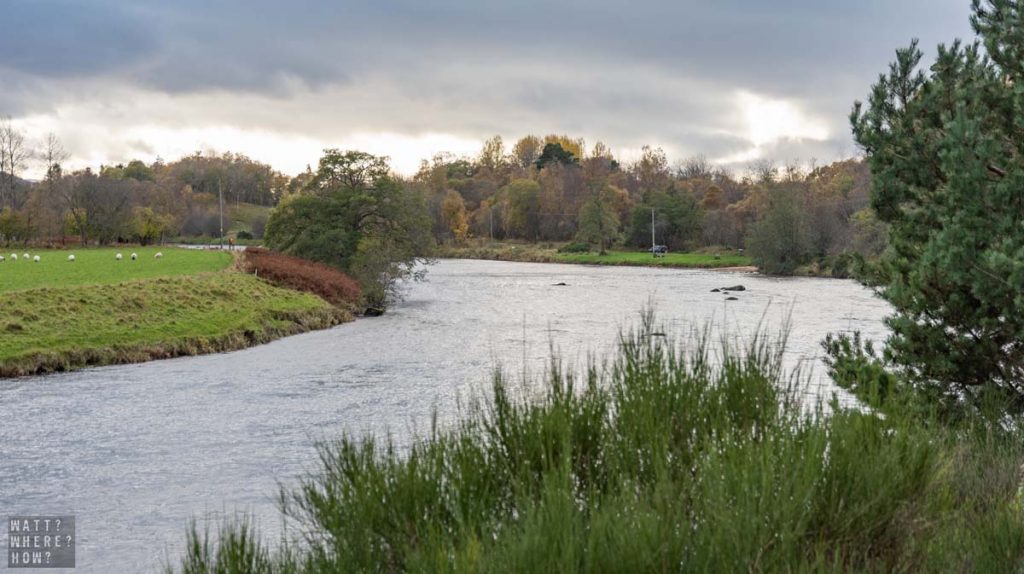
There are two Glenlivets on the map. The Glenlivet Distillery and The Glenlivet Estate. Set within the Cairngorms National Park, the estate is a 58,000-hectare haven for hikers, mountain bikers and nature lovers. It is home to heritage locations like the Battle of Glenlivet and the 18th Century Lech manganese mine, with its ruined mill house.
The Real Glenlivet
The other Glenlivet is the one we’re seeking out – the Glenlivet Distillery. Turning into a quiet country lane, we cruise past mossy dry stone walls and down a steep incline. Golden hour sun glimmers through rich orange leaves as the freshest country air blasts through the open car windows. Below us somewhere through the woods are the ruins of Drumin Castle, a 14th Century tower house. Winding through a series of smaller outer houses that can’t quite rate as a village, we emerge near the prominent, surprisingly modern façade of The Glenlivet Distillery.
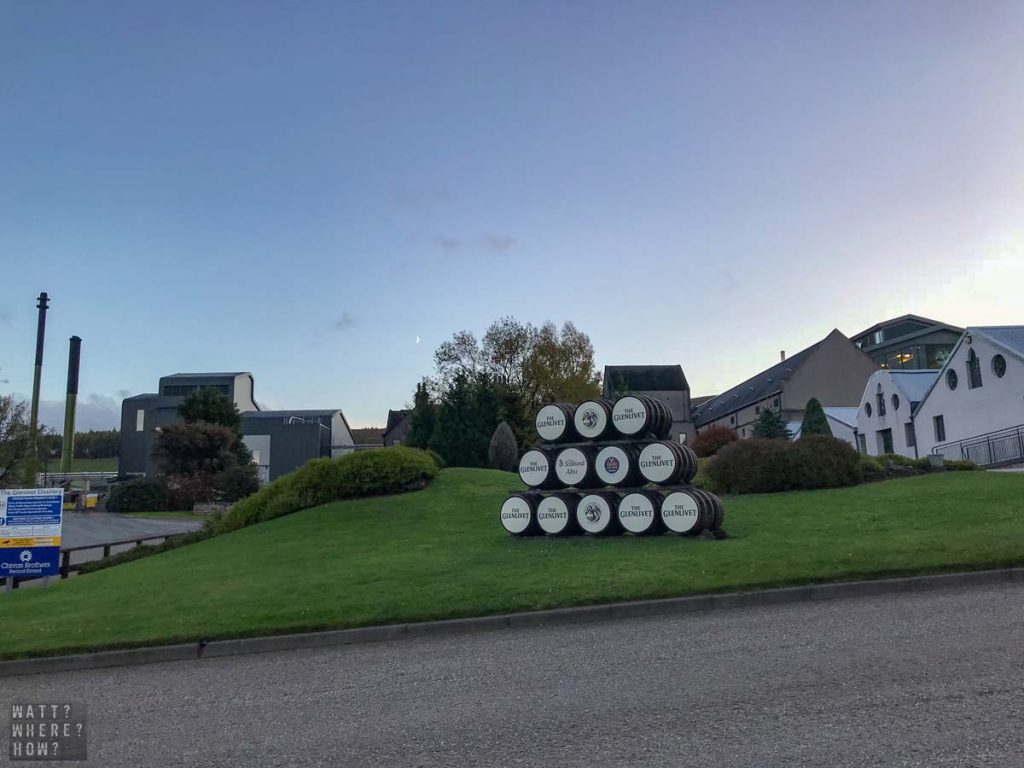
The Glenlivet Distillery sprawls across several acres with a blend of original dark stone buildings and stylish, contemporary industrial warehouses. Central to it all is the visitors center, which is built in the original distillery (there was an earlier distillery in the hills above, but this one has been the recognized site from the mid-1800s), a dark stone building with cute window boxes of colorful geraniums.
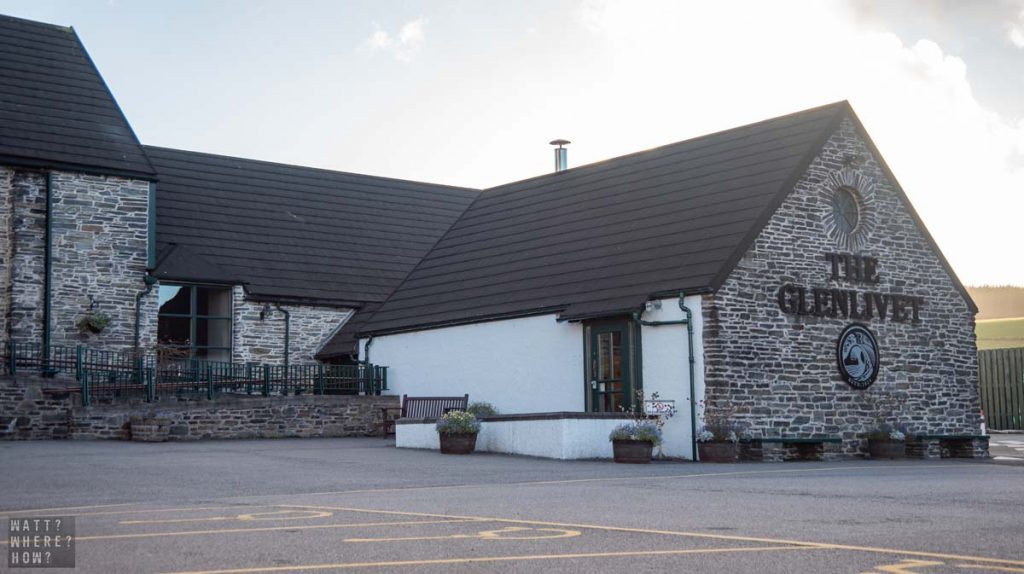
With 7% of the international scotch market, this is a well-established visitor center, housing a museum, tasting rooms and an impressive gift shop, which makes sense as distilleries don’t offer the chance to stop for photos as phones and cameras have the potential to spark the fumes in the production areas. Sadly, these would make for fantastic photo opportunities, but with the guides clutching measuring devices to monitor the fumes, we know they’re not messing around.
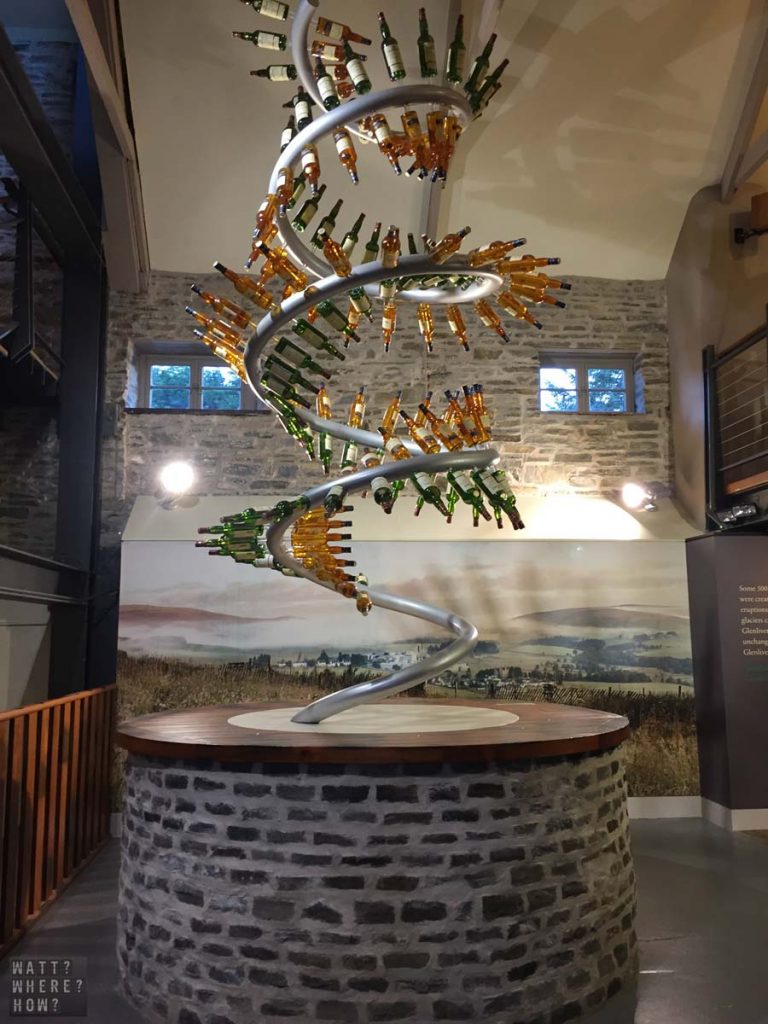
The Glenlivet Distillery tour starts in the main distillery area, which houses six giant lantern-shaped copper stills. The room is spacious and features a full wall of windows that look out over store houses and beyond to rolling hills. In the distance, a sheep dog can be seen herding his charges down the paddock towards a farm house. In side rooms, deep tanks, three stories deep, mix up the mash, boiling it from grain to the earliest form of alcohol. Two types of stills process the mash – the wash still and the spirit still.
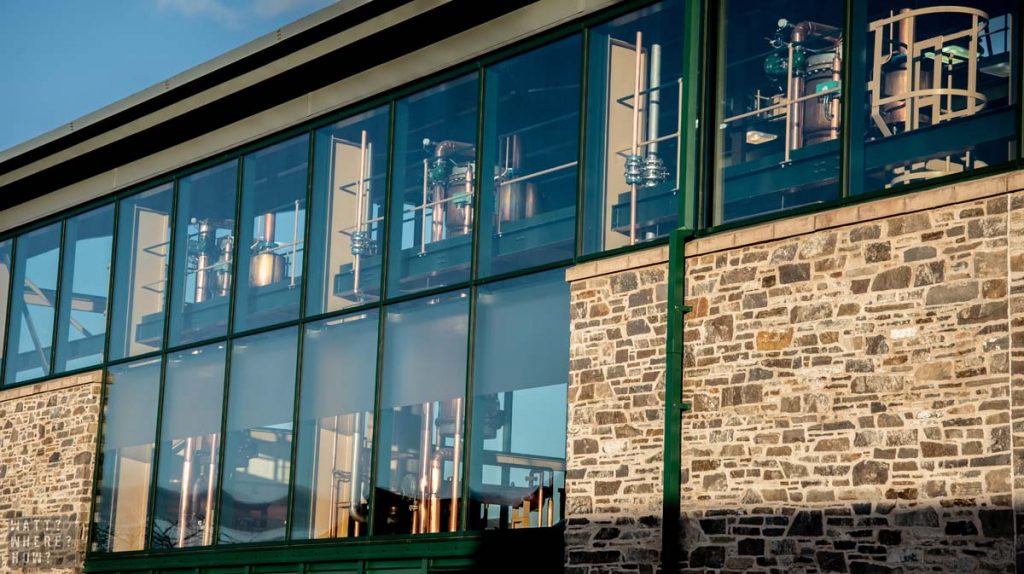
Without launching into a lesson on whisky making, the main difference between The Glenlivet and what we saw a few days prior at Oban Distillery is that the whole process here is computerized. The Spirit Safe, a copper and glass contraption which wouldn’t be out of place at Willy Wonka’s Chocolate Factory, is completely automated. At Oban, a worker would open it and redirect the flow of raw spirits through the filtration process. Here, it lacks the human contact. It doesn’t affect the taste, but it just makes Oban feel a little more wholesome and handmade.
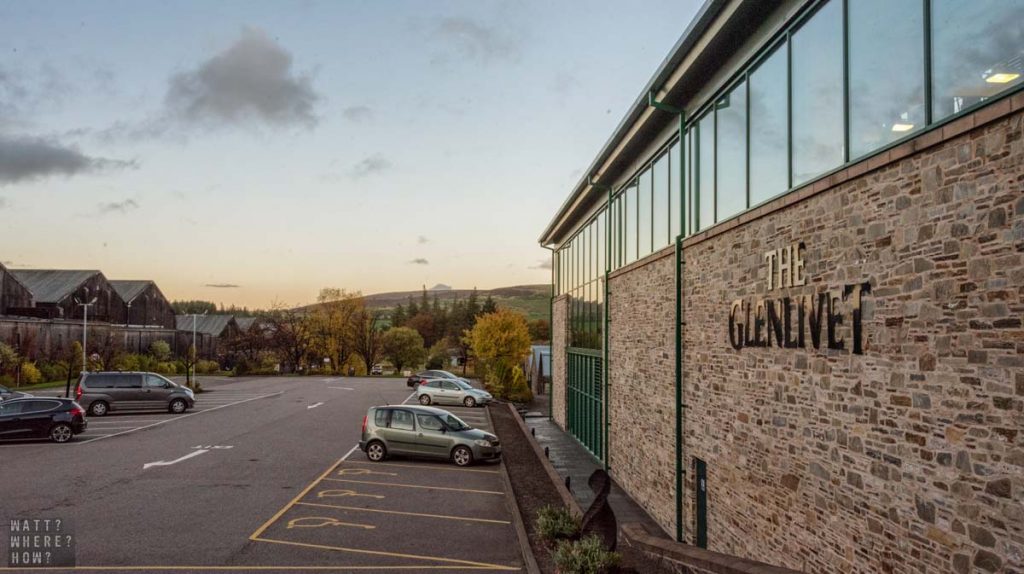
We’re led out toward a large duty free storehouse. Up in the hills beyond the visitor center, our guide identifies a small white fenced area. This is the site of Glenlivet’s original water source, Josie’s Well. We later get to see it closer on the way out. It almost looks like a grave rather than a natural water source.
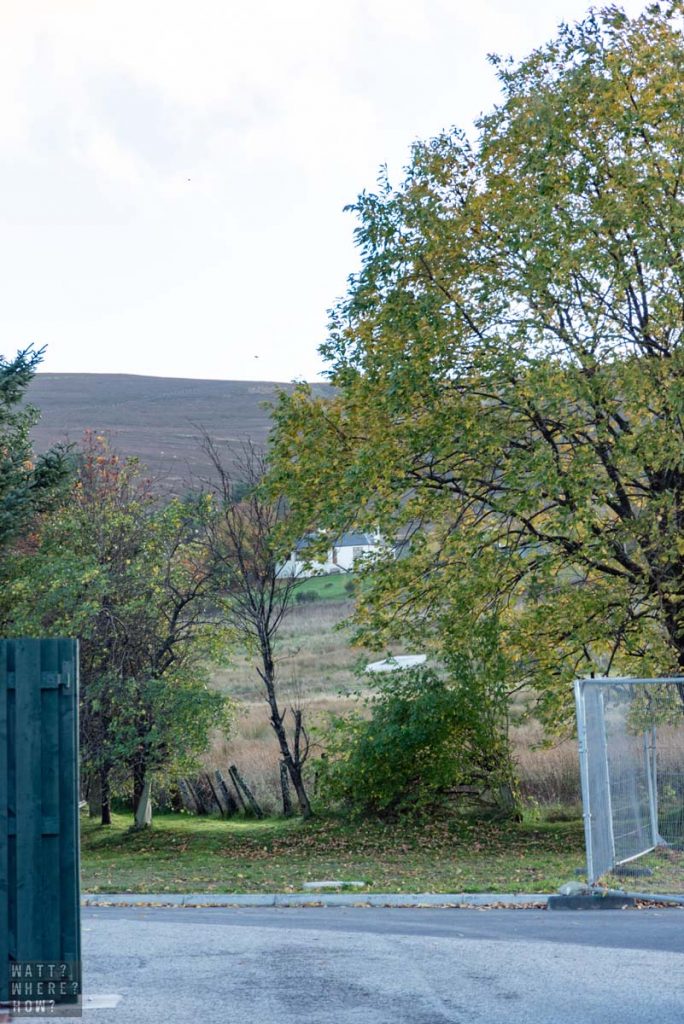
The duty free storehouses are where the whisky is barreled to age. Inside is cold and dark. The fumes of ethanol fill the air – the angel’s share as it’s known by brewers. Here, the oak casks work their magic over the course of 12 to 25 years. The oak is what gives the whisky its distinct color and enhances its flavor.
We are given the opportunity to trial a dram of cask ready whisky. It clocks in at approximately 60% ABV – and would instantly put you over the limit if you’re driving. Gladly, for 50p they offer driver’s jars so you can take the samples to enjoy a little later. Over the course of the ageing process, that 60% will drop to around 44%. The rest evaporates in what is known as the angel’s share.
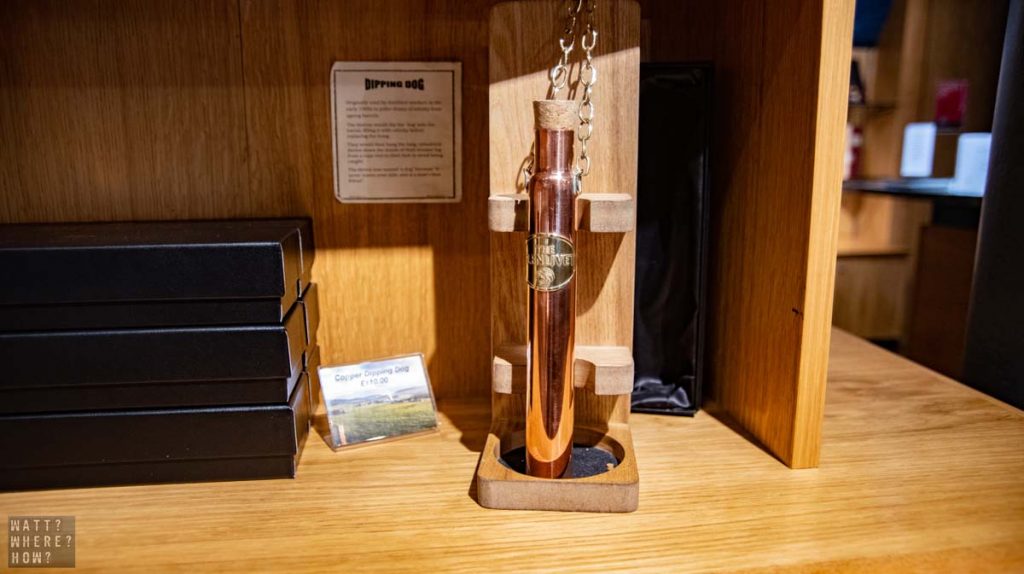
The Dipping Dog
Our guide opens the old oak barrel, removing the thick wooden plug and drops in a bullet-shell-like device on a chain to extra the raw whisky. This copper tub is traditionally called the dipping dog. Before the company offered a monthly stipend of Glenlivet, old hands used to help themselves to the booze. The copper tube could be filled from the kegs and slipped into the boot for later consumption. It became known as the dipping dog because it’s man’s best friend, you carry it on a leash and it’s always by your side.
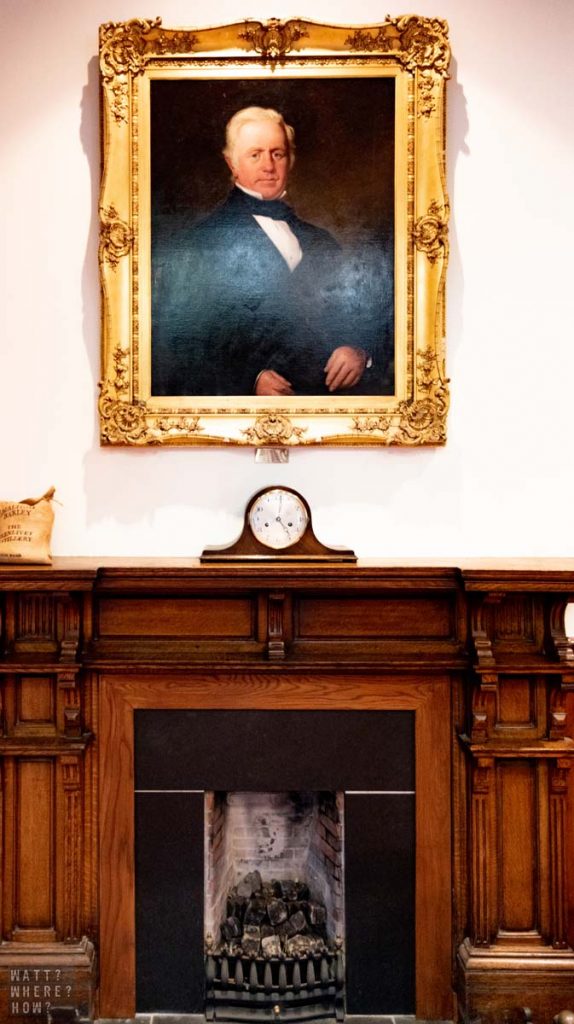
The Taste Test
The final stop on the tour is the tasting room. The spacious room features a portrait of Glenlivet founder, George Smith. Smith is either a savvy businessman or one of history’s worst tattlers. In 1823, a historic excise act was passed making Scotland’s thousands of illicit distilleries illegal unless licensed and taxed.
As a tenant of the 4th Duke of Gordon, Smith was able to secure one of the first licenses, making him the only legitimate distiller in the region. In doing so, he also made it impossible to repeal the law, something that the other still owners were relying on.
There was so much anger in the community that Gordon provided Smith with two dueling pistols to defend himself. The pistols are on display, along with other artefacts from Glenlivet’s story in a small museum in the basement of the visitor center.

Tasting has to unfortunately wait until we get to our destination for the night as these whiskies pack a punch and we have a long drive in the dark ahead. We do, however get sample drams of both the 15 year and 18 year. The 18 year is particularly outstanding, with a slight taste of Christmas Cake.
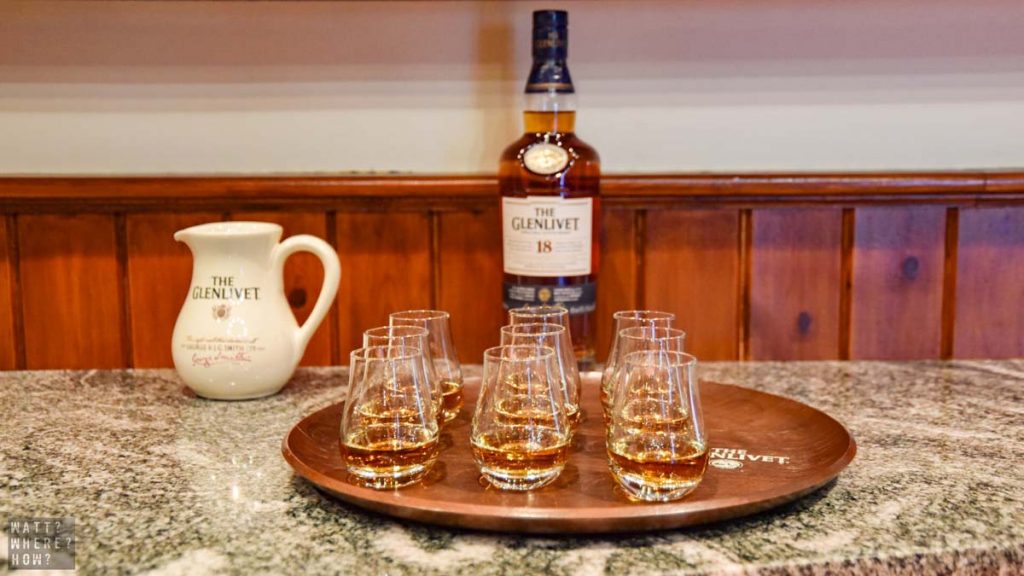
Today the brand and its facilities are owned and managed by French liquor holding company, Pernod Ricard. Besides the tasting room, distillery and storehouses, there are meeting rooms, a café, gift shop and spaces where you can create custom etched bottles for special occasions or mementos.
The Glenlivet is an essential stop on the Malt Whisky Trail, but be sure to leave the car at home or bring a designated driver.
Like it? Pin it and add it to your Scotland to-do’s. Check out all the itinerary ideas when planning your Scotland vacation.
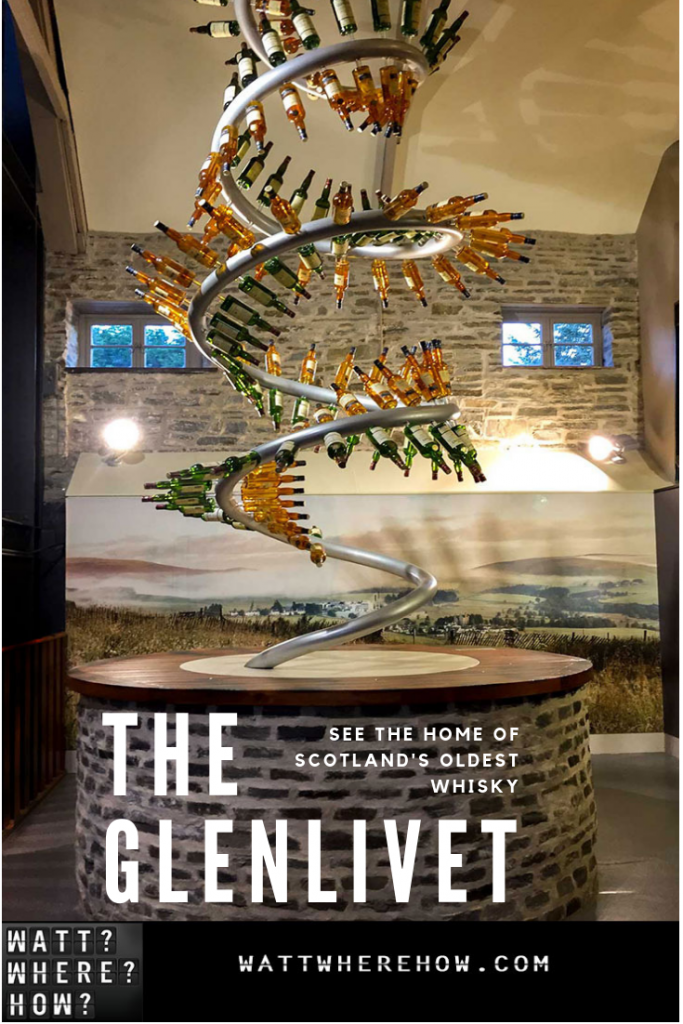
WHAT?
The Glenlivet Distillery is where one of the world’s best selling scotch whisky is produced.
WHERE?
Glenlivet, Ballindalloch AB37 9DB, UK
HOW?
Winter (11 November 2017 – 9 March 2018) closed
Summer (12 March 2018 – Mid November 2018)
The tours cost 10 pounds per person and run for an hour and a quarter. You get your money’s worth with samples of cask ready (60%) scotch, a 15 year and an 18 year as well as a souvenir tasting glass. You have to be over 18 to go on the tours.
For information or to make a group bookings of seven people of more please call + 44 [0]1340 821720 or email theglenlivet.admin@pernod-ricard.com
Follow & Connect with us



